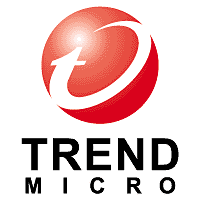2 mins read
In the wake of the major Petya Ransomware outbreak; Trend Micro shares an approach for enterprises to tackle it

December 22, 2024
Copyright 2023, IT Voice Media Pvt. Ltd.
All Rights Reserved

 An increasing number of companies across Europe, Ukraine, Russia,and the US are falling victim to another cyber attack after the outbreak of recent Wanna Cryransomware attack. This large-scale ransomware attack is reported to be caused by a variant of the Petya ransomware and is currently hitting various users. The ransomware is known to use both the Eternal Blue exploit and the PsExec tool as infection vectors and is detected as RANSOM_PETYA.SMA by Trend Micro.
An increasing number of companies across Europe, Ukraine, Russia,and the US are falling victim to another cyber attack after the outbreak of recent Wanna Cryransomware attack. This large-scale ransomware attack is reported to be caused by a variant of the Petya ransomware and is currently hitting various users. The ransomware is known to use both the Eternal Blue exploit and the PsExec tool as infection vectors and is detected as RANSOM_PETYA.SMA by Trend Micro.